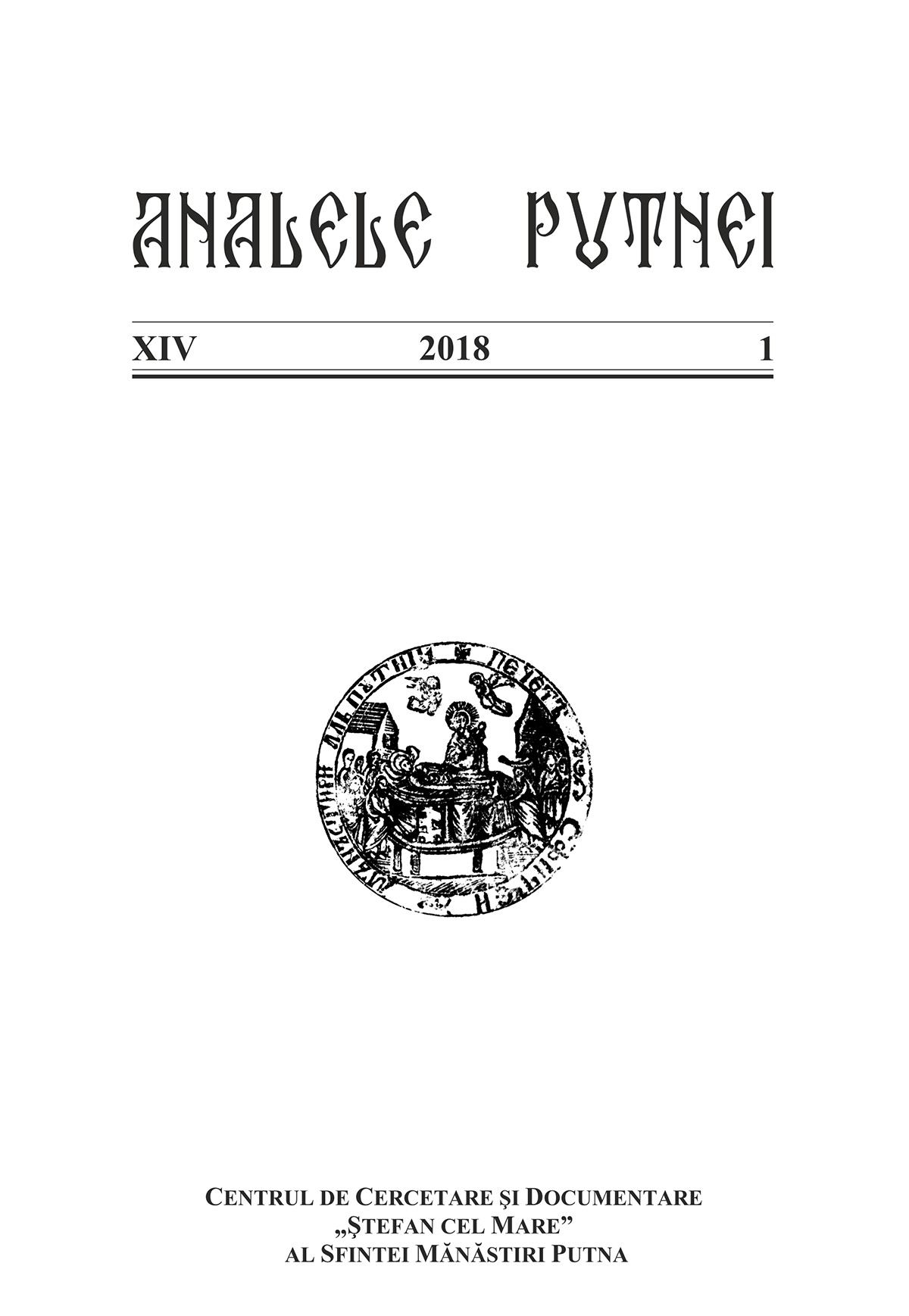Considerații asupra artileriei lui Ștefan cel Mare
Considerations on the Artillery of Voivode Stephen the Great
Author(s): Liviu CîmpeanuSubject(s): Military history, 15th Century
Published by: Centrul de cercetare şi documentare ŞTEFAN CEL MARE
Keywords: Moldavia; Stephen the Great; artillery; Mehmed II; Matthias Corvinus; John I Albert;
Summary/Abstract: In the summer of 1475, Matthias Corvinus, Stephen the Great, and Basarab Laiotă established a coalition against the Ottomans. The coalition reached a major turning point in 1477 when Despite de lack of direct sources on the artillery of Stephen the Great, prince of Moldavia (1457–1504), a close look at the documents and chronicles of the period may reveal some details which can lead to some conclusions. The narrative and documentary sources reveal military events when Voivode Stephen’s army used artillery: the two sieges of the Kilia fortress (1462 and 1465), the pitched battles of Vaslui (1475) and Războieni (1476), as well as the siege of Suceava and Neamț fortresses by sultan Mehmed II (1476) and the siege of the Suceava fortress by the Polish king John I Albert (1497). Thus, one can conclude that Prince Stephen’s army used siege artillery (at Kilia in 1462 and 1465 and, maybe, at the two sieges of Bucharest in 1473 and 1476), field artillery (at Vaslui and Războieni) and immobile artillery, located on the walls and towers of the Moldavian strongholds. The Moldavian prince bought artillery from the German towns of Transylvania (Sibiu Hermannstadt, Brașov Kronstadt and Bistrița Bistritz) and Poland (especially from Lvov), as well as from the Genoese sailors and merchants from Kilia and Moncastro (until 1484). The Moldavian army also captured artillery from the enemies, like in 1467 from the Hungarian King Matthias Corvinus, in 1473 from the Wallachian voievode, Radu the Fair, in 1475 from the Turkish Pasha Suleyman, and in 1497 from the Polish king, John I Albert. The artillery (bought or captured) was kept in Moldavia’s strongholds. The few sources preserved until today reveal the fact that the Moldavian army from the second half of the 15th century was equipped with artillery, just like the other armies of the time, in Eastern Europe.
Journal: Analele Putnei
- Issue Year: 2018
- Issue No: 1
- Page Range: 321-334
- Page Count: 14
- Language: Romanian
- Content File-PDF

